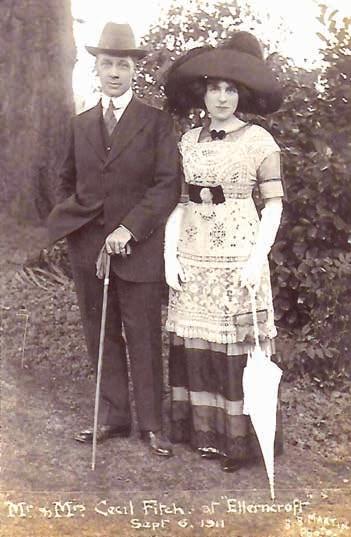
11 minute read
Alumni
A History of The Highlands – now Beaudesert Park School
Following the demolition of two cottages, in 1850 a large house was built just below where the School stands today, owned by Charles Baring, Bishop of Gloucester and Bristol. When Baring became Bishop of Durham in 1861, the estate was sold to John Griffith Frith, a banker and former India Merchant, who in turn demolished it since it had been built on fuller’s earth
Advertisement
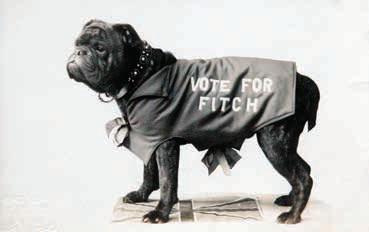
CECIL FITCH’S 1910 ELECTION POSTCARD and replaced it on a higher limestone level with the half-timbered mansion we see today. Frith died in 1868, five years before the completion of the house. His widow and daughter, both named Caroline, occupied The Highlands (as it was then known) until their deaths – the mother in 1897 and the daughter in 1909. Caroline junior was the widow of Rev R E Blackwell, Rector of Amberley. Following her death the property passed to her nephew, Robert Eaton White. In 1911 it was tenanted by Cecil E Fitch, a London barrister, and his family. At this time the estate was recorded as including a vinery, peach house, melon house, carnation house, two orchid houses and two ferneries. Fitch stood unsuccessfully as Conservative candidate for Stroud in the General Election of December 1910, one of a series of hopefuls who attempted to unseat Stroud’s long-serving Liberal MP, Charles P Allen.
In 1908, Dr Alfred Brown married Gabriella Stella Bell, who came from Henley-in-Arden in Warwickshire and by 1911 he was in practice in Minchinhampton. In 1918, a friend, Arthur Richardson – who had founded his Prep School in Beaudesert, the neighbouring village to Henley – learned from the Browns of the availability of The Highlands and moved his school to Gloucestershire, retaining the name Beaudesert Park.
During Richardson’s time, school fees were just fifty guineas a term. In 1921, ten acres of land were bought from the National Trust for playing fields, with more being added later. Richardson was succeeded as Headmaster by his sons, Austin and Barton, and his son-in-law, Vincent Keyte, whose own son John retired as Head in 1995. At this time the School, by then run as an educational charity, lost its connection with the founding family.
AN 1873 WATERCOLOUR OF THE HIGHLANDS BY AXEL HERMAN HAIG
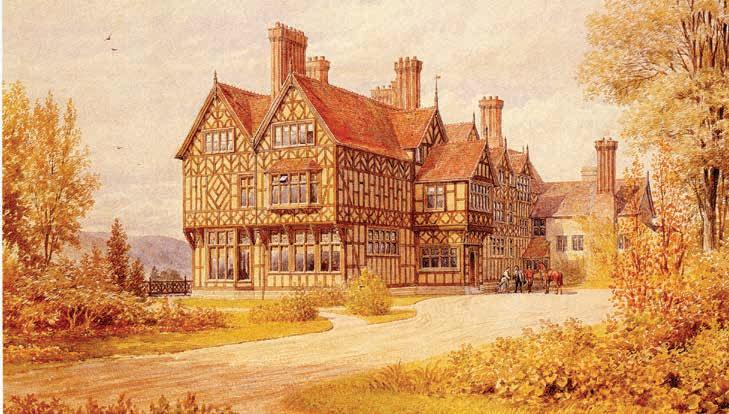
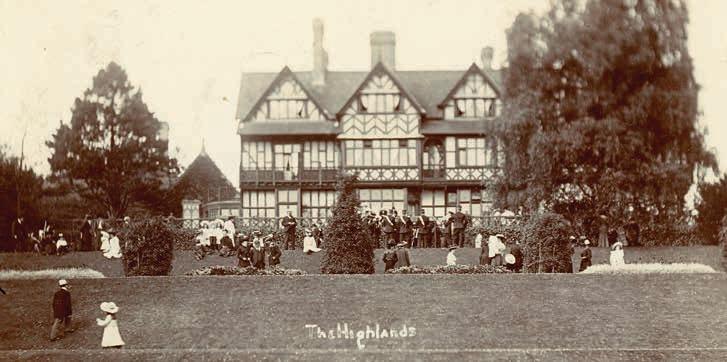
A FÊTE AT THE HIGHLANDS CIRCA 1907
Howard Beard (Staff member 1987-2003)
Life as an Artist
Alice Boggis-Rolfe (1995-2001)
Ever since I was very young I can remember always making things, looking round the house and garden for a new project. Beaudesert was brilliant, in a single week we could do Art, DT, Woodwork and Pottery. I still have to pinch myself when I realise I now get to make things for my job. I always wanted to be an artist but I don’t think I ever imagined it would actually happen.
My father gave me a set of oil paints for my thirteenth birthday and I never looked back. The colours, the texture and even the mess are intoxicating. I spent most of my school years in the art room, which seemed like a plausible explanation for not doing any other homework. After finishing school I went to Heatherley School of Fine Art in London, one of the few places left that still teaches painting rather than how to think outside of the box. I was there for two years and learnt a huge amount. We painted from a model every day and also tried sculpture and printmaking.
The freedom that followed was so daunting I spent a couple of years making a mess and not really achieving anything at all. But panic set in on the eve of my 25th birthday and I spent the next day cycling all over London in search of a gallery space with no paintings to put in it. There’s nothing like a bit of pressure and the fear of failure to get oneself motivated. So having booked my first exhibition for a date ten months later, I set to work painting anything and everything. At the time I was working in an art materials shop three days a week so the other four were spent at the easel. I took my paints everywhere and amassed a pretty eclectic collection of paintings in time for the exhibition. The weeks running up to the show were terrifying, and sadly five exhibitions later they still are every bit as scary as they were then. To my relief and elation it was a success; people actually turned up and actually bought my pictures, and some of them I had never even met before. On cloud nine and with a bit of money in my pocket I pondered what to do next. I loved living in London and working in the shop but I wanted an adventure...
The following year I set off on a plane with all my painting gear in tow and spent six months travelling around the world, painting wherever I went. I painted temples in Japan, visited ancient ruins in Peru, painted in stinking Moroccan fish markets, and persuaded Vietnamese indigenous people to pose for their portraits. Every day was different. Some of it was lonely but overall it was exhilarating. I sent the paintings home as I went and on my return held an even more eclectic exhibition than the last. To my delight it went better than I could ever have hoped and finally I began to feel like a real artist.
The years since have been a little less adventurous but no less exciting. Every day is still different, although quite a few of them are spent doing the tedious accounting side or updating my website. It’s not all painting pretty pictures. But the painting days are wonderful, whether I’m out on the cliffs in Cornwall or painting flowers from the garden in my studio with my dog Gypsy asleep beside me, it’s a gilded existence. All holidays count as painting trips so I have the luxury of being able to go where I like and it still counts as work. I have been lucky enough to have now had five solo exhibitions and I am just preparing for my sixth, the first with a gallery in London’s West End, called Panter and Hall. With every exhibition the fear of failure seems greater, but it’s not quite enough to put me off. I am so fortunate to be able to make a living out of doing something that I adore and that inspires me, and I will try to persevere for as long as I can. If there was one thing I could say to my ten year-old Beaudesertian self, it would be to have confidence. Not everyone can do anything, but you don’t know unless you try.
www.aliceboggis-rolfe.com @aboggisrolfe_art
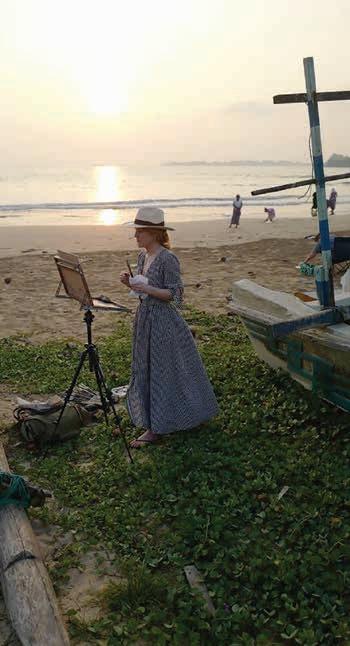
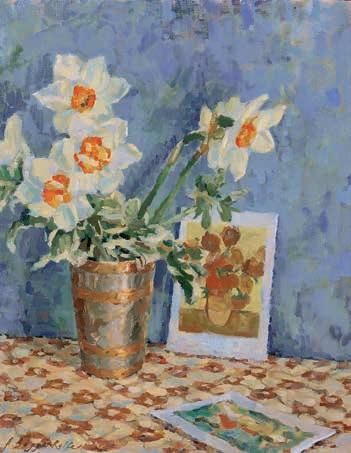
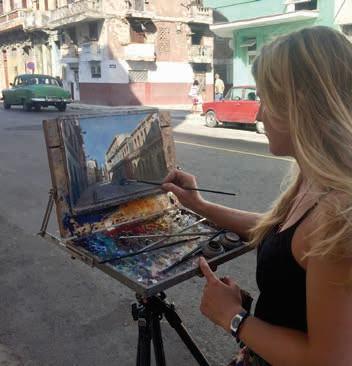
A Life in the Army
Lieutenant Colonel Dominic Davey (1989-1994)
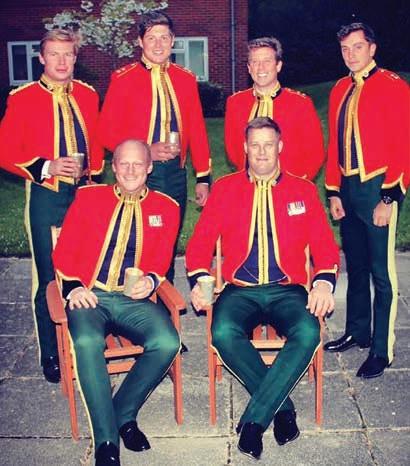
MAJ DAVEY AND HIS SQUADRON COMMAND TEAM COMMANDING OFFICER ROYAL DRAGOON GUARDS
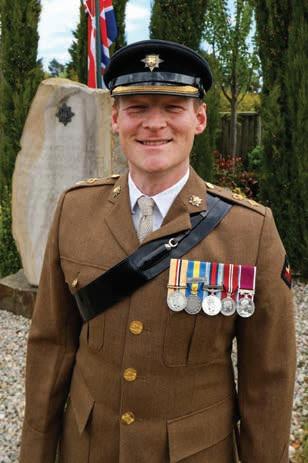
HOSTING HRH POW
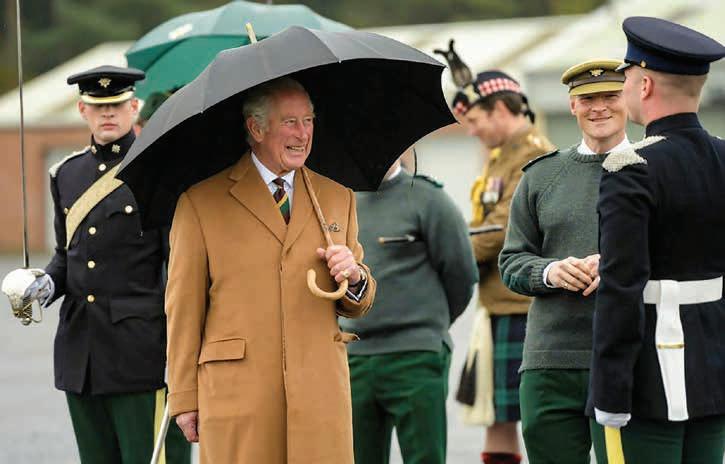
ARMED SERVICES TEAM SHOW JUMPING Little did I know in 1989 when I arrived at Beaudesert that an invitation to join the Shooting Club would lead to a life spent in the Army. It wasn’t until a few years later that I joined the Eton CCF that the idea really took hold. In 2003, I was commissioned as a 2nd Lieutenant in the Royal Dragoon Guards (RDG) after graduating from the Royal Military Academy, Sandhurst, and within a year I was deployed, leading my Troop on operations in southern Iraq. Operations followed in Bosnia, again in Iraq and Afghanistan, interspersed with training exercises in Canada, Poland and Germany over the next eight years. Some ten years later I am now in command of my reconnaissance regiment. Based in Warminster on the edge of Salisbury Plain, the RDG are currently preparing to deploy sequential Squadrons on operations with NATO to north east Poland over the next 12 months. We are training hard, practising military skills, playing sport, going on adventurous training and generally having fun!
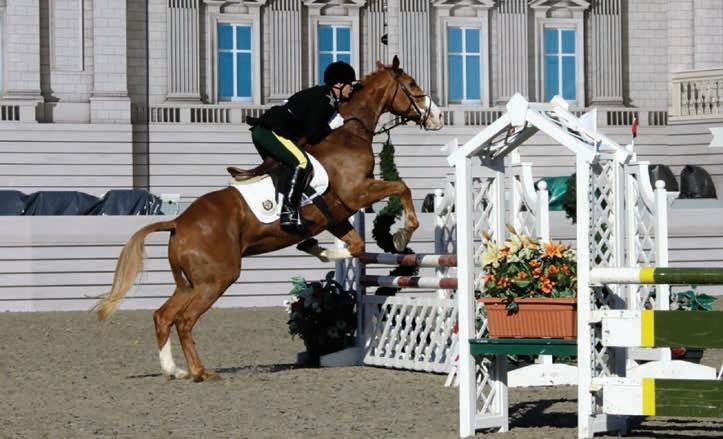
The path that brought me to this point started at Beaudesert. Part of the ethos of the School echoes that of military; that of being adventurous of spirit, striving to be the best version of yourself and most importantly, being part of a team. To paraphrase General Stan McChrystal, you cannot force anyone to grow, you can only create the right environment in which someone can fulfil their potential and then nourish that environment further with opportunity. Today as a Commanding Officer, I seek to deliver highly capable soldiers and officers who are physically and mentally ready for the rigours of operations. Reflecting back, I must pay tribute to my teachers who patiently put up with my determined efforts to thwart their efforts to bring me on; as it turns out, their influence has shaped my life for the better. Floreat Beaudeserta lies as much with its staff as with its students and I will be forever grateful.
Life as a Race Car Driver
Will Cox (2003-2012)
2018 ROCKINGHAM PODIUM
I have always had a passion for motorsport since I was a young age. Throughout my time at Beaudesert, I would always watch Formula 1 or support my father when he was racing at the weekend. Whilst I was in Year 6, I began karting in the holidays, and this soon progressed into competitive karting where I competed in the Castle Combe Junior Karting Championship.
In 2015, I began restoring a 1600cc 1991 Van Diemen Formula Vauxhall Junior and later that year I drove it for the first time. Whilst completing my A Levels, I did several days of testing and track days in the car, to practice driving on a track and get up to speed.
Following completion of my A Levels in 2017, I started my car racing career. I compete in the Monoposto Racing Club’s two Championships, the Monoposto Championship and the Club’s Autumn Championship, called the Monoposto Tiedeman Trophy. The first Championship that I entered was the 2017 Monoposto Tiedeman Trophy, which was contested over six races. I had my first two wins and finished sixth overall in the Championship, out of 39 cars and was the highest placed car in my class (1600). In 2018, I entered my first race in the Monoposto Championship, which was held at Oulton Park Circuit, where I had the third win of my career!
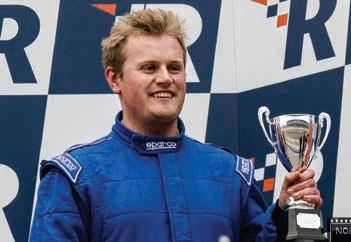
I once again entered the Tiedeman Trophy Championship in the autumn of 2018. The Championship visited Castle Combe, Brands Hatch and Anglesey circuit, in fantastic autumn weather. I managed to better my result from 2017 and win the Championship outright! I had a maximum point score with class pole position, race win and fastest lap in every race. I was the youngest person to win this particular championship, and the youngest Monoposto champion since the 1990s.
Success continued for me in 2019 over at Castle Combe. During that weekend I had two more wins, but more importantly I managed to break the Monoposto 1600 class lap record by 2/10s of a second. The lap record had previously stood since 1999, making it almost as old as me. This record means that no other driver (in my class of car) has ever been as fast around the circuit as I have been. The 2020 season suffered a delayed start, thanks to covid, but I contested a full season, competing at circuits like Silverstone Grand Prix, Silverstone International and Donington Park. I achieved seven wins and two second places, including a win on the Silverstone Grand Prix Circuit. The championship fight went down to the penultimate race, where I managed to secure the 2020 Monoposto 1600 class championship. I also set another new lap record (my second) on the Silverstone International layout.
The final race of the 2020 Tiedeman Trophy was a stand-alone event at Thruxton Circuit. Due to a problem with my own car, my dad lent me his 1984 Ralt RT3 Classic F3 car. It is a more powerful car than my own, so I was competing in a different class to normal. I was not up to speed in it, as I had not driven it before and it was a wet weekend, but I secured two wins, which was an incredibly special moment for me, as I had watched my dad racing this car as I was growing up.
I intend to compete in the 2021 Tiedeman Trophy Championship, which will round out this year’s racing season.

2019 PEMBREY WET RACE 2020 BRANDS HATCH











